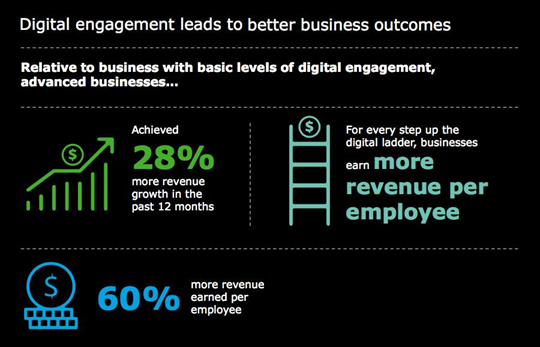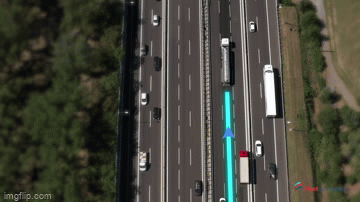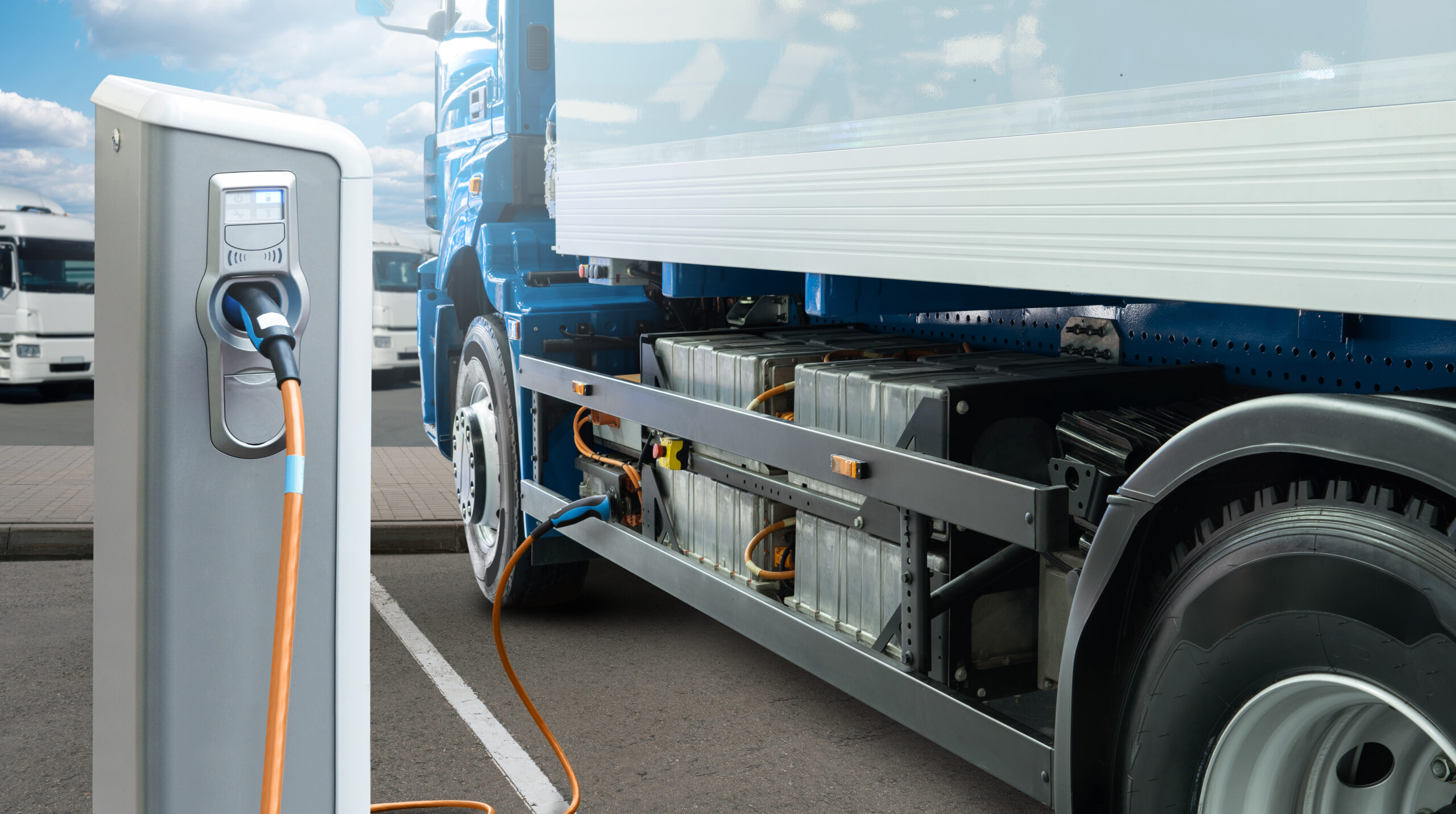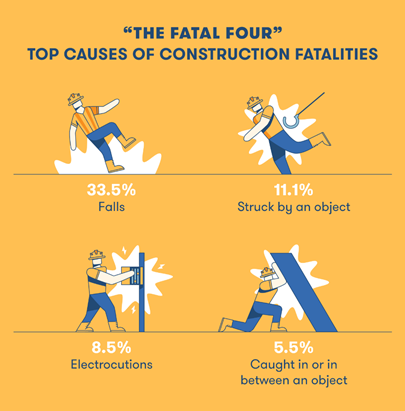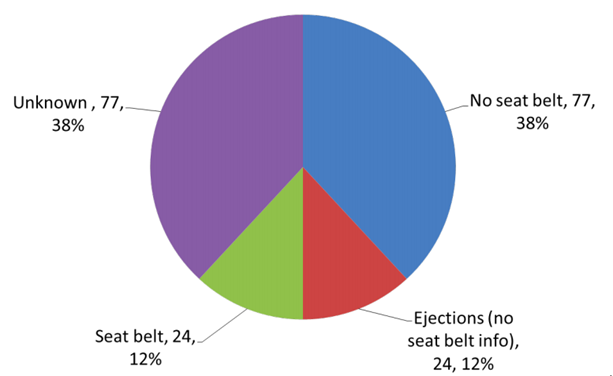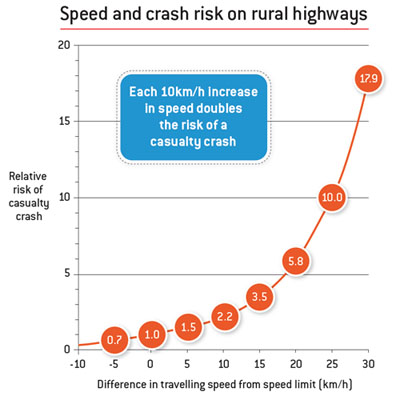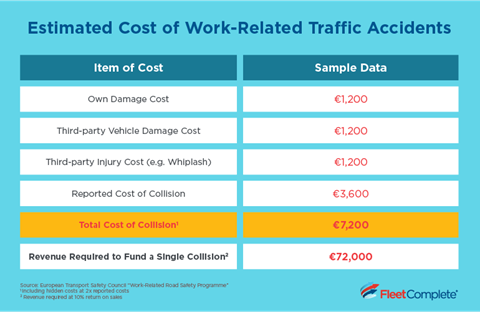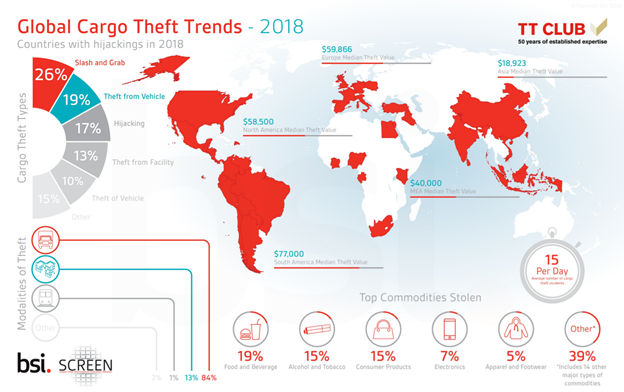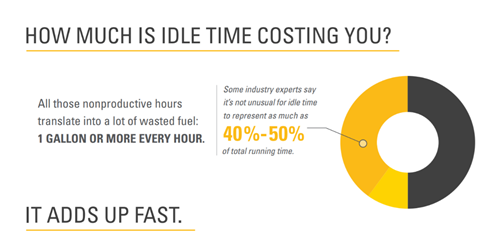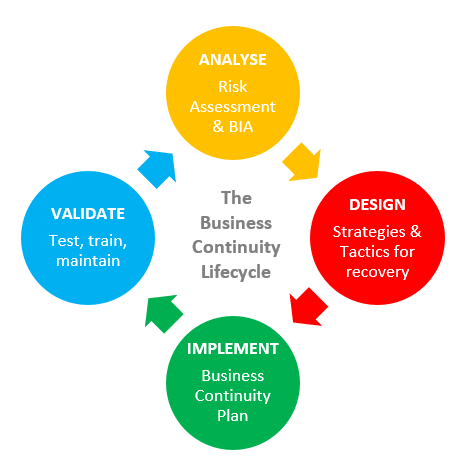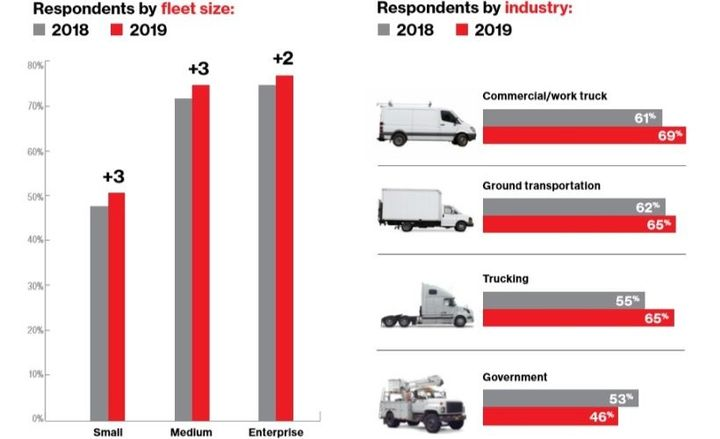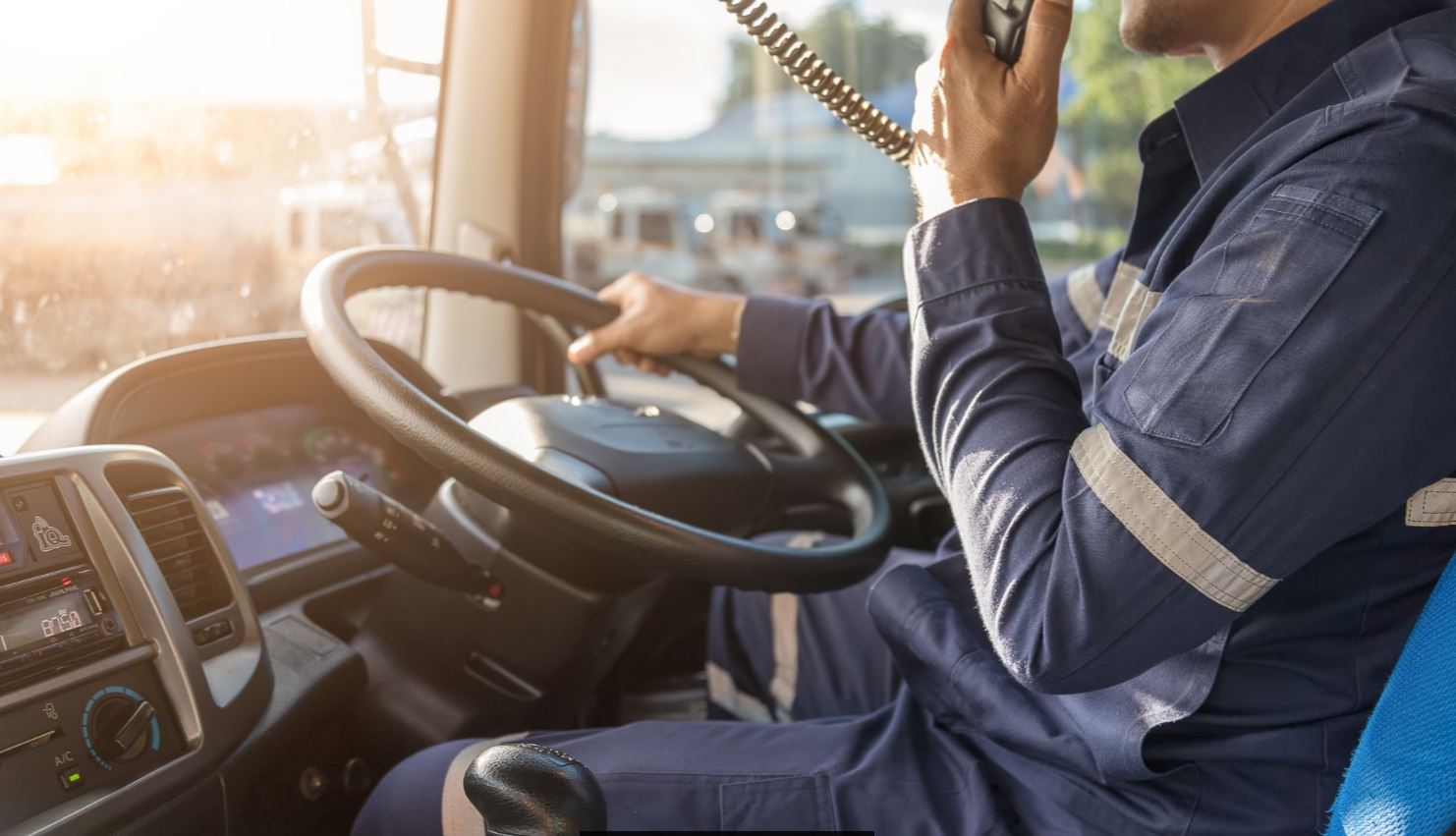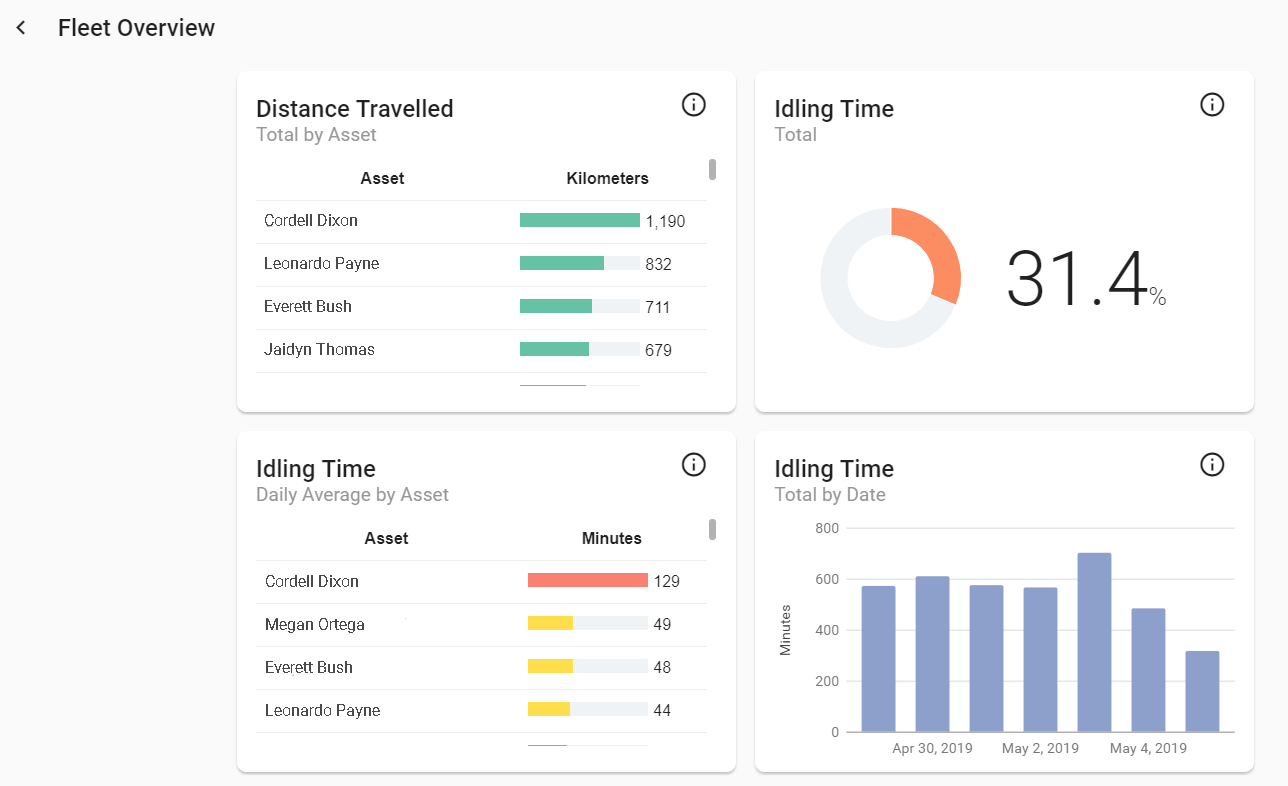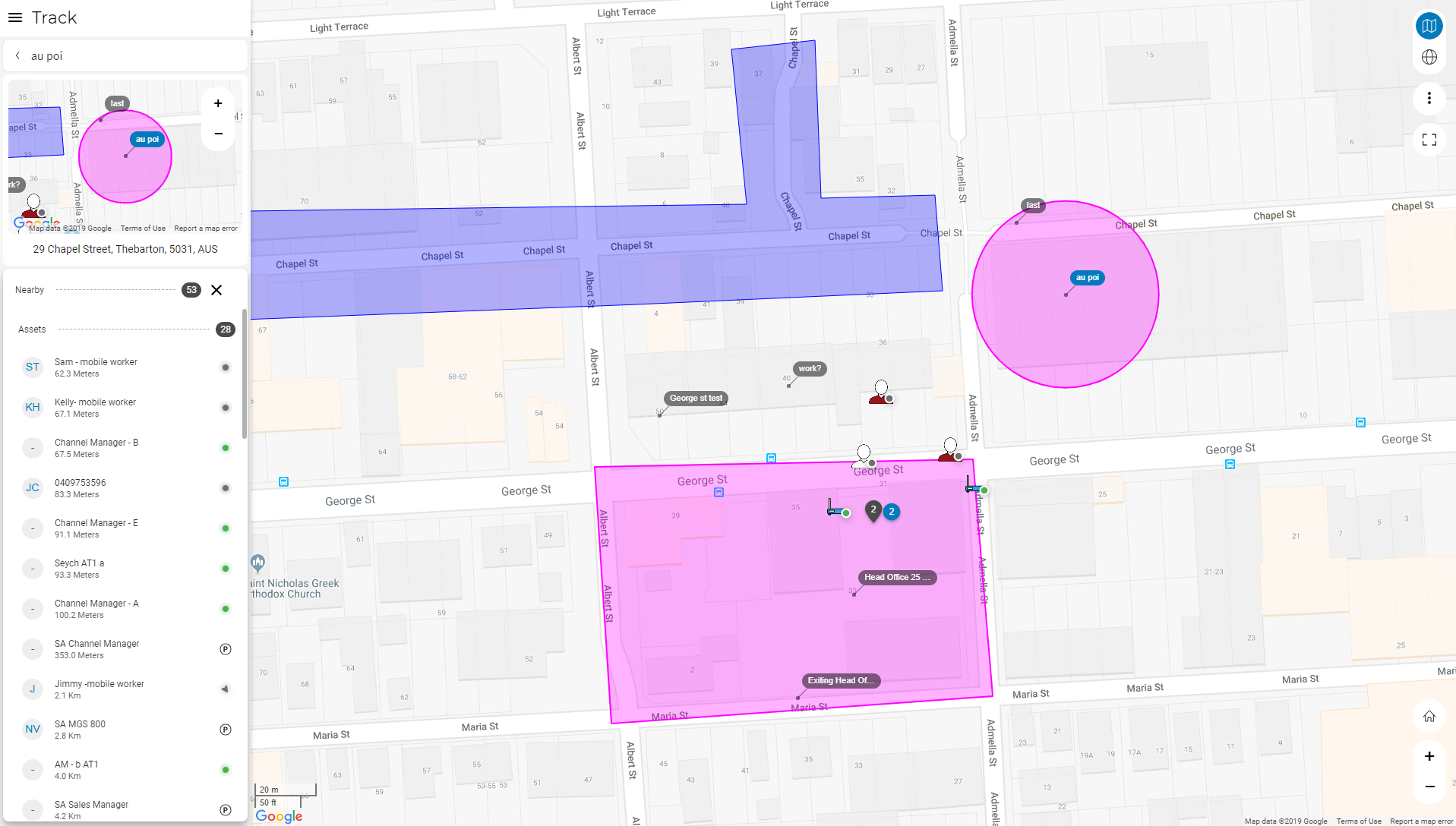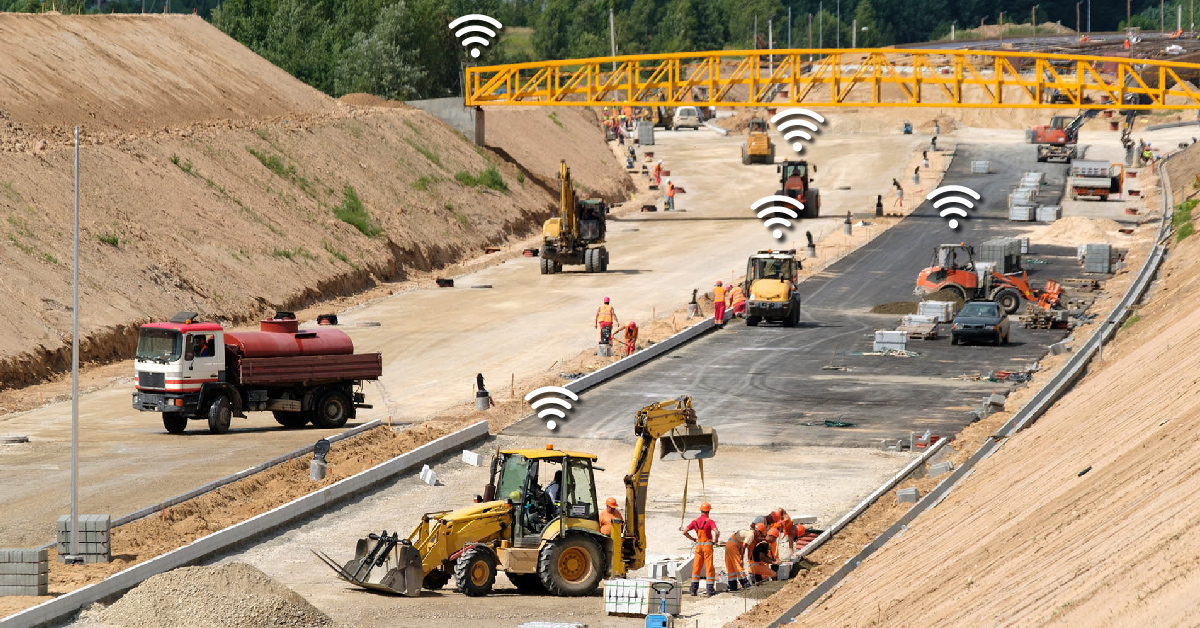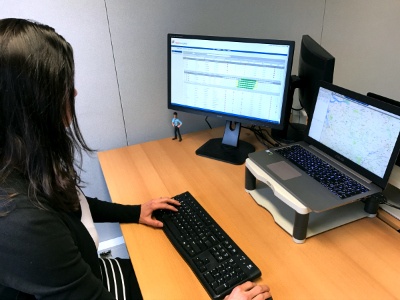If you’re a Fleet Manager, then fleet safety is your first priority. The safety of your drivers, the safety of your vehicles, and the safety of your assets. In that order.
But why? Why should you give extra care and attention to fleet safety, beyond what is mandated by law? And what can you do to improve fleet safety?
We answer these questions, and more, plus we’ve included a handy, actionable checklist that you can use to lay the foundations for a safer fleet in 2021.
Fleet drivers are involved in more vehicle accidents
Commercial vehicle safety in Europe has come a long way, particularly when we talk about heavy goods vehicles (HGVs). Between 2001 and 2011, fatalities involving HGVs in the EU dropped 42%, largely driven by improved driver training and safer trucks.
But the fact is, because your fleet drivers are covering more miles and driving more often, they are at a greater risk than the average road user. As a fleet manager, your drivers are your most important asset. Keeping them safe is vital.
The cost of fleet accidents
While the U.S. has a single number for average fleet accident costs, there’s not a lot of great data on the cost of fleet accidents in Europe, mainly because each country reports on these costs differently (Europe isn’t a single country, after all). But there is some data, thanks to a 2016 study from Loughborough University in the UK.
At the low end of the scale, if a fleet vehicle is involved in a crash and nobody gets hurt, Sweden comes out the cheapest at €1,276, and Poland works out the costliest at €16,095. In a worst-case scenario crash, involving a fatality, Slovakia is the cheapest at €700,000. Austria works out the costliest, at €3 million.

So, fleet accidents are expensive, and anything you can do to improve fleet safety is not only going to keep your drivers (and other road users) safe, it’s also good for your bottom line.
But what exactly can you do to improve fleet safety? Here’s a bird’s eye look at our top 6 ways.
Create a fleet safety plan
Before doing anything, whether it’s moving a couch or implementing a corporate fleet safety policy for a fortune 500 company, remember:
The 6 P’s: Prior preparation and planning prevent poor performance.
Yes, this may be a cliché, but if more people listened to it, a lot of things in life would probably go a lot smoother. Spending the time planning, before acting, means you’ll have something to follow and something to benchmark against.
So, what should you put in fleet safety plan?
Well, it really depends on your business, but it doesn’t need to be overcomplicated. Involve as many people as you think you need to figure out the scope of your plan. Also, it’s a good idea to speak with your drivers and hear out any suggestions or concerns they might have.
They are, after all, the ones who will be most heavily involved in your plan.
If you don’t have one already, now is probably a good time to draw up a fleet safety policy, then start figuring out all of the moving parts that you need to actually make that policy work.
Here’s a fleet safety planning checklist to get you started.

Carry out preventative maintenance
Not only does preventative fleet maintenance save you money, but it’s also incredibly important for the safety of your fleet vehicles and, more importantly, your drivers.

Taking a proactive approach to vehicle maintenance means you’ll be able to head off problems before they appear. If you haven’t already, add a Fleet Inspector to your team. This person should own vehicle maintenance, creating schedules and taking in any reports from your drivers. And if the cost (or effort) of hiring a dedicated person seems like a bit of a stretch, there are plenty of outsourced options too.
You should also try and plan for the…unplanned. Trust us, it’s not that hard.
You see, you can set schedules and dates for vehicle maintenance, but there will always be those things that happen before the service date. And the best way to keep tabs on those warning signs is to listen to your drivers. Not only can you task them with small things, like oil level and tire pressure checks, but you can have them report anything else out of the ordinary as well.
Run fleet safety training and awareness programs
It’s no good throwing a few posters on the wall and calling it a day. If you want your drivers to take fleet safety as seriously as they need to, you need to have a proper fleet safety training and awareness program in place.
There are lots of premade courses out there, tailored to suit fleets of all shapes and sizes. But if you want to make things super relevant for your drivers, create your own driver training videos.
“I don’t think this is for me” is often the question going through the heads of anyone sat in a training course. If they’re seeing unfamiliar street names, perhaps even from a different country, they’re going to be less engaged and take it less seriously.
But if you’re able to use the experiences and actual recordings of your own fleet, you can keep things relevant.
So, rather than a course talking about what to do at a generic junction, with some random actor, you can point to the specific set of traffic lights, 2km up the road from the depot. You know? The one with the really awkward right-hand turn? Yeah, that one.
Reward your drivers
Your drivers don’t like being nagged at. Nobody does. If you only focus on making changes and giving feedback when things go wrong, it puts a lot of negative attention on drivers and starts to build this feeling that being “safety-focused” is about making drivers’ lives more difficult.
So, instead of going with a “stick only” approach, add in some juicy carrots in the form a driver safety reward program.
First, figure out what your plan is going to look like and how you’re going to roll it out to your drivers. You should be asking yourself things like:
How much are we going to spend on our fleet safety reward program?
How often will rewards be given?
Will the fleet safety reward program run indefinitely?
Who’s going to “own” it?
How are we going to measure whether the reward program has been successful?
How do we keep drivers updated on their score?
Once you’ve put together your plan, next it’s time to look at what fleet safety telematics data you want to track and score. Focus on safety-oriented metrics, like harsh braking, speeding, incidents per mile, and reward good performance for these.
Next, think about what kind of rewards you want to give to your safest drivers. This can be anything from bonus checks, gift cards, or points that can be redeemed for items as part of some company-wide event. Another thing that often gets overlooked is the simplest, and cheapest.
Recognition.
A simple “Well done” and “Thank you” goes a really long way. Particularly if you have the CEO standing up in front of everyone calling out a specific driver, thanking them for being safe.
Lead from the front
The success of any initiative in any business almost always depends on how well the leaders (that’s you) take ownership and lead.
And when it comes to fleet safety, “Do as I say, not as I do” doesn’t really cut it. If you want to improve fleet safety (or anything, for that matter) it’s up to you to drive forward the change needed to make those improvements.
Yes, if you’re asking someone, somewhere to change how they do things, there’s going to be push back. That’s natural. But the obligation is on you to explain why these things are changing and how it’s, ultimately, going to be good for everyone involved.
Embrace technology
While you can do some of this with excel spreadsheets and pen and paper, you’ll be making everyone’s lives easier if you embrace technology. Having a telematics platform, that is, a tool that is tracking your fleet’s movement’s in real time, means all of these fleet safety improvements become much more attainable.
If you really want to take fleet safety seriously, you need to have some way of reliably tracking what your drivers are doing, and what the status of your vehicles is. Telematics software can help you pinpoint problem driving and speak to that driver before it results in a safety issue. Then, at the other end, telematics data will give you the clearest picture of who in your team is driving safely to single them out for praise.
Every one of these points, even down to ensuring management are leading by example, becomes a possibility rather than a distant dream if you embrace technology in your approach to improve fleet safety.
Too Long; Didn’t Read
Have a plan
Carry out preventative vehicle maintenance
Keep you drivers up to speed with regular drive safety training
Encourage positive thinking towards safety, by running a safe driving reward program
Make sure management are leading by example
Adopt fleet telematics tools to track and manage vehicles and keep on top of fleet safety
Across Europe and around the world, Fleet Complete is already helping Fleet Managers keep their drivers, vehicles, and assets safe with reliable, cost-effective hardware and software. If you want to talk to someone about improving your fleet’s safety, get in touch.






